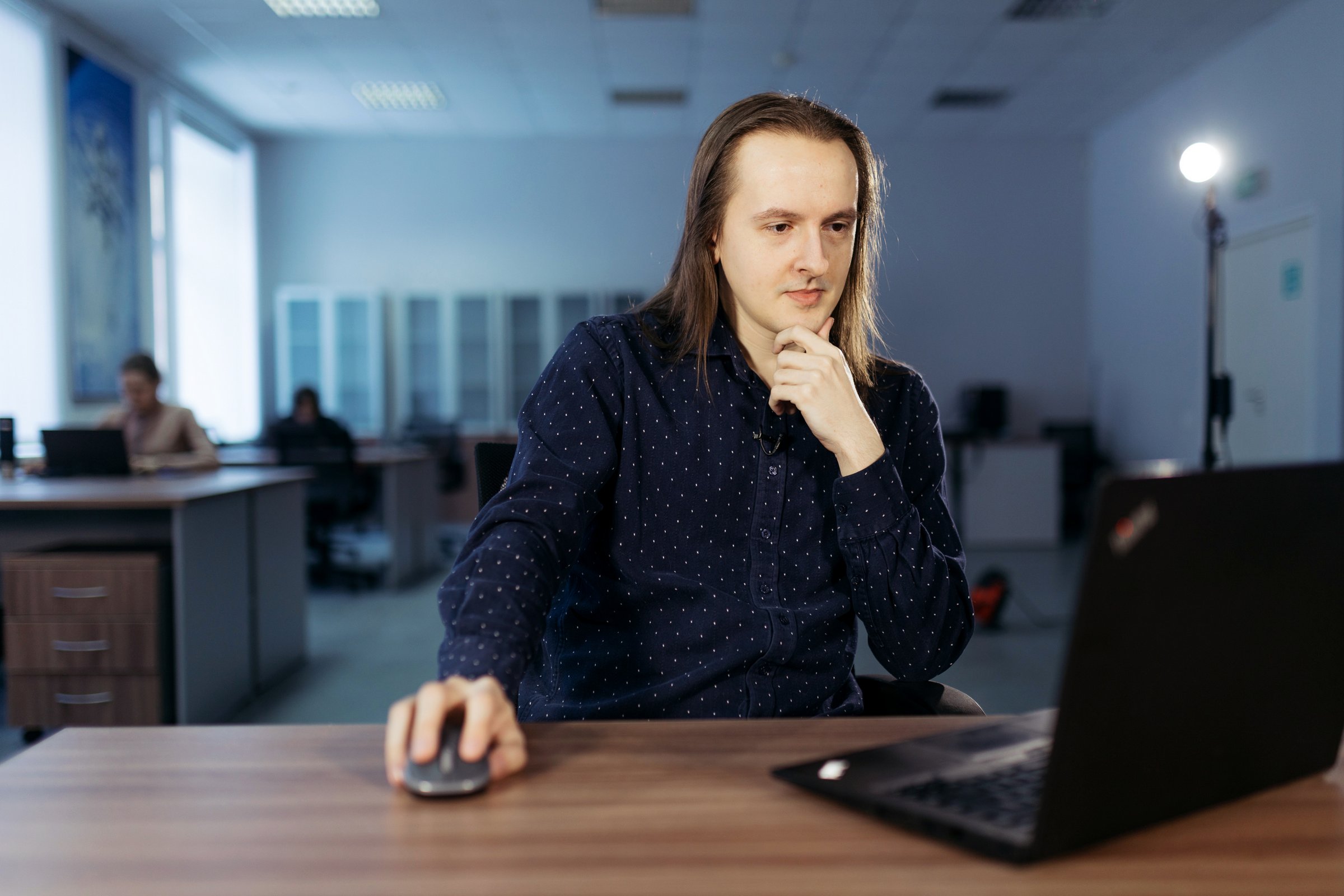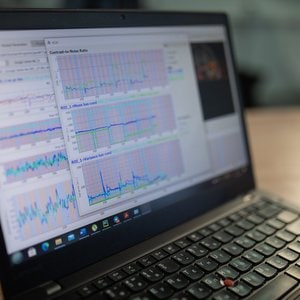This software package developed by scientists of Samara University several years ago together with Russian and foreign colleagues, allows monitoring and analyzing in real time the scanned human brain activity, which helps solve various scientific and medical problems, including neurorehabilitation of people after stroke.

The new version of the platform, called pyOpenNFT, has become more reliable and versatile; its users will have more opportunities to customize the platform for their tasks, when conducting the wider range of brain research. The upgraded version was presented at Yale University (USA) as part of the rtFIN-2022 conference. Since personal participation in the conference is impossible, the developers entrusted the presentation to their foreign colleagues, having prepared all necessary materials.
“Due to its modular structure and the fact that it is now entirely written in Python, this upgraded platform opens up for scientists’ new opportunities. This will make it easier for new developers and researchers to participate in development of the platform, and conduct experiments in the field of neuroscience. The new version will allow users to expand and improve its functionality, adjusting it to various tasks, and will make it possible to process data not only functional MRI of the brain, as the OpenNFT currently does, but also to implement and integrate methods for processing other brain images, for example, electroencephalograms, conventional MRI or CT, which will make the platform more versatile in terms of researching”, said one of the authors of the project, Nikita Davydov, Assistant at the Department of Engineering Cybernetics of Samara University.
According to him, the structure modularity not only simplifies further development of the platform, but also increases overall reliability of the entire software product. Now, for each individual process – image processing, image layout for the user, or work with the graphical interface – the platform has its own separate module, performance of which, if necessary, can be easily checked and separately adjusted by using tests. It’s as if the processes used to live in an overcrowded communal apartment or worked in one cramped open space, and now each of them was given a separate apartment or an individual working office.
“That is, for example, we used to have one process checking every few milliseconds whether the data was ready to be processed and transmitted for the image formation. Now this responsibility is divided. in the system, there is a manager process: it generates other processes and after that only monitors the interface, and properly completes all the procedures, after the program is closed. There is a process of receiving and processing images, it works separately with incoming data, as well as the process of image formation does it. Meanwhile, the new version performance is in no way inferior to one of the current version of the platform”, stressed Nikita Davydov.
Presently, the upgraded platform version is finally tested. Its launch is scheduled in Q1 of 2023. By the way, according to the developers, the first two letters in the name “pyOpenNFT” indicate the language, in which the project is written, that is, Python. However, if these letters are read in Russian, it turns immediately clear the scientists from which country created this version.
For reference
The OpenNFT platform was developed by scientists from Samara University several years ago, together with specialists from the Institute of Image Processing Systems of the Russian Academy of Sciences, Yale University (USA), Imperial College London, the Polytechnic School of Lausanne and the University of Zurich (Switzerland). It is intended for conducting research related to formation of neurobiological feedback, and works on the basis of the MRI scanner.
During the experiments, the person in the scanner receives some information, for example, he sees images, hears sounds. At this time, scientists receive and analyze scans of his brain activity with spatial resolution of 1 mm. The software package compares which areas of the brain respond to a particular stimulus, and how they interact with each other.
The development allows solving many scientific and medical problems, including neurorehabilitation of people after stroke, examination of patients with neuropsychiatric diseases and abnormalities, for example, with schizophrenia, autism, post-traumatic stress, hyperactivity, attention deficit, etc. Besides, in the world, it is the only open platform of this kind. It is free, and works on all types of modern MRI scanners.
Principles and features of the platform operation are described in the following scientific publications:
Nikita Davydov, Lucas Peek, Tibor Auer, Evgeny Prilepin, Nicolas Gninenko, Dimitri Van De Ville, Artem Nikonorov & Yury Koush, Real-time and Recursive Estimators for Functional MRI Quality Assessment, Neuroinformatics volume 20, pages 897-917 (2022).
** Davydov N.S., Prilepin Е., Auer T., Gninenko N., Khramov A.G., Van de Ville D., Nikonorov A.V., Koush Yu.А. Recurrent quality control of functional MRI supported by OpenNFT. // information technology and nanotechnology (ITNT-2020). P. 192-197.
Yu. Koush et al., OpenNFT: An open-source Python/Matlab framework for real-time fMRI neurofeedback training based on activity, connectivity and multivariate pattern analysis, Neuroimage, 2017.
